I have a DF and I wanted to do a density graph with geom_density_ridges from ggridges, but, it's returning the same line in all states. What I'm doing wrong?
I would like to add trim = TRUE like in here, but it returns the following error message:
Ignoring unknown parameters: trim
My code:
library(tidyverse)
library(ggridges)
url <- httr::GET("https://xx9p7hp1p7.execute-api.us-east-1.amazonaws.com/prod/PortalGeral",
httr::add_headers("X-Parse-Application-Id" =
"unAFkcaNDeXajurGB7LChj8SgQYS2ptm")) %>%
httr::content() %>%
'[['("results") %>%
'[['(1) %>%
'[['("arquivo") %>%
'[['("url")
data <- openxlsx::read.xlsx(url) %>%
filter(is.na(municipio), is.na(codmun)) %>%
mutate_at(vars(contains(c("Acumulado", "Novos", "novos"))), ~ as.numeric(.))
data[,8] <- openxlsx::convertToDate(data[,8])
data <- data %>%
mutate(mortalidade = obitosAcumulado / casosAcumulado,
date = data) %>%
select(-data)
ggplot(data = data, aes(x = date, y = estado, heights = casosNovos)) +
geom_density_ridges(trim = TRUE)

